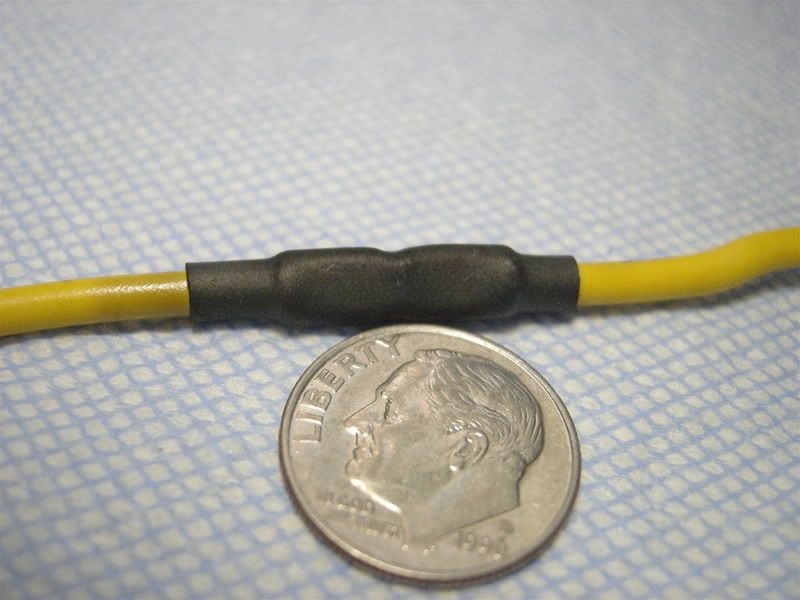From a year of storage, one of my cars has developed a few chew marks from some mice.
As a result, I've found some new wire to splice into place, but I'm wondering it anyone has used a product similar to this
http://www.calcentron.com/Pages/elektralink/elektralink_sealed_solder_splice_kits.php
seems to be a nice compromise b/t soldering and crimping
thanks in advance
As a result, I've found some new wire to splice into place, but I'm wondering it anyone has used a product similar to this
http://www.calcentron.com/Pages/elektralink/elektralink_sealed_solder_splice_kits.php
seems to be a nice compromise b/t soldering and crimping
thanks in advance


